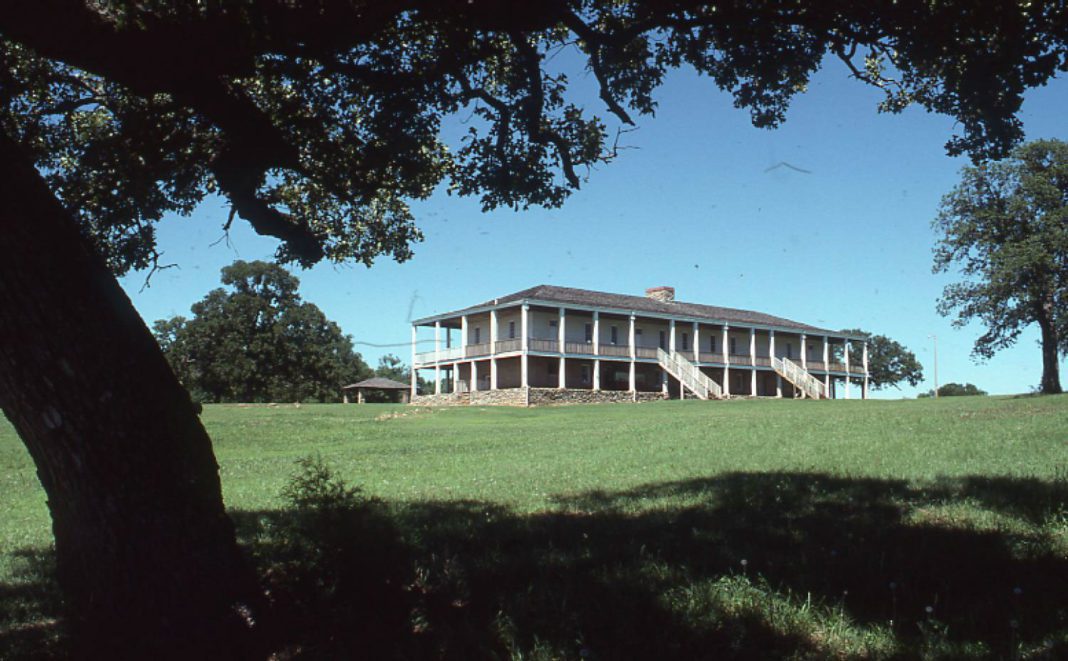As the autumn season bursts into color, you may find that you’re in the mood for a scary story. Although this time of the year ushers in an abundance of horror movies, you may be surprised to learn that Oklahoma has dozens of allegedly haunted hotspots, with plenty of homegrown lore to boot.
Whether you choose to believe in these supernatural accounts is up to you, but one thing holds true: these urban legends have taken on lives of their own.
The Cherokee Strip
Museum, Alva
Built in 1932, the Cherokee Strip Museum in Alva was originally the Alva General Hospital. The hospital closed in 1972 and was soon replaced with the Cherokee Strip Museum. The museum uses the building to showcase hundreds of historical artifacts related to the Cherokee Outlet and Oklahoma’s land runs, and also allows paranormal investigators to rent the building for a fee.
“Ghosts or no ghosts, we’ve got a great place here, and the ghost hunting has helped boost our economy,” says Elaine Graybill, business manager at the Cherokee Strip Museum.
Many believe that the deceased patients of the Alva General Hospital haunt the museum.
“One of the hotspots could be the emergency room,” says Graybill. “There’s been a lot of activity there.”
Others believe that there are spirits attached to the personal possessions of World War II prisoners of war, which are a part of the museum’s collection. During WWII, Oklahoma was home to eight POW compounds, one of which was constructed in Alva. These compounds held more than 20,000 captive German soldiers, and Camp Alva was the maximum security camp for Nazis and Nazi sympathizers. Graybill says that one of the museum’s visitors claims to have had a paranormal encounter with the ghost of a German POW.
Graybill also notes that the museum staff has experienced strange phenomena. During a paranormal investigation in 2016, the security guards spotted unexplained floating orbs on surveillance footage.
“We watched [that footage] constantly that evening,” she says. “That [experience] was my first hint that maybe there was something really going on here.”
This October, visitors can learn about the ghost stories that contribute to the museum’s mystique at its Haunted History fundraiser, which takes place on select dates throughout the month.
“We are entertained every day whether we have spirits or not,” says Graybill. “Of the dozens of investigations that we’ve had, no one has ever left disappointed.”
Fort Washita Historic
Site and Museum, Durant
Located near Durant, the government constructed Fort Washita in 1842 to protect the Chickasaw and Choctaw tribes from invaders. For nearly two decades, federal forces operated the fort, which became a popular destination for westbound settlers during the California Gold Rush.
On the brink of the Civil War, the United States military abandoned Fort Washita, and the Confederacy quickly gained control. Troops used the fort as a supply depot until abandoning it in 1865. At the time of their departure, the troops set fire to the fort, which almost destroyed it entirely.
Because of its history, many locals believe that the fort is haunted. Most paranormal accounts include a mention of “Aunt Jane,” the mysterious spirit of a woman who was allegedly murdered there. Although Aunt Jane’s identity and death has never been confirmed, there are multiple theories about who she once was. One is that Aunt Jane was a freed slave who was killed by Confederate forces after traveling to Fort Washita as a spy for the Union. Another account posits that Aunt Jane was the wife of a stationed officer, who was murdered en route to the fort by bandits. Similarly, a third account suggests that Aunt Jane was the wife of a stationed officer, and got caught up in a deadly love triangle with another soldier.
This October, visitors can get a taste of times bygone by observing Civil Reenactments on select dates and touring the ruins of the fort.
The Gilcrease House, Tulsa
Founded in 1949, Gilcrease Museum was the passion project of Thomas Gilcrease. Over the course of his lifetime, the oil tycoon and philanthropist amassed one of the world’s largest collections of western and Native American art and historical artifacts.
From 1913 to 1943, Gilcrease and his family lived in a two-bedroom home, known as the Gilcrease house, which is located on the same property as the museum. This modest home is considered one of Oklahoma’s haunted hotspots for two different reasons.
When Thomas Gilcrease vacated the home in 1943, he deeded it to the Thomas Gilcrease Foundation, which converted it into an orphanage for Native American children. After 5 years, the orphanage closed due to administrative issues.
This backstory has spurred several supernatural encounters, with some visitors claiming to have seen the ghosts of the children playing in the gardens. According to an article from The Tulsa World, the Paranormal Investigation Team of Tulsa explored the Gilcrease home in 2020 and say they heard loud crashing noises and quarreling voices coming from the second floor.
Others believe that the grounds are haunted by the spirit of Thomas Gilcrease, who refuses to part ways with his beloved art collection. After the orphanage closed, Gilcrease resumed living in the house until he passed. Gilcrease’s remains were put to rest in a mausoleum located on the same property as the museum, which is currently undergoing renovations.

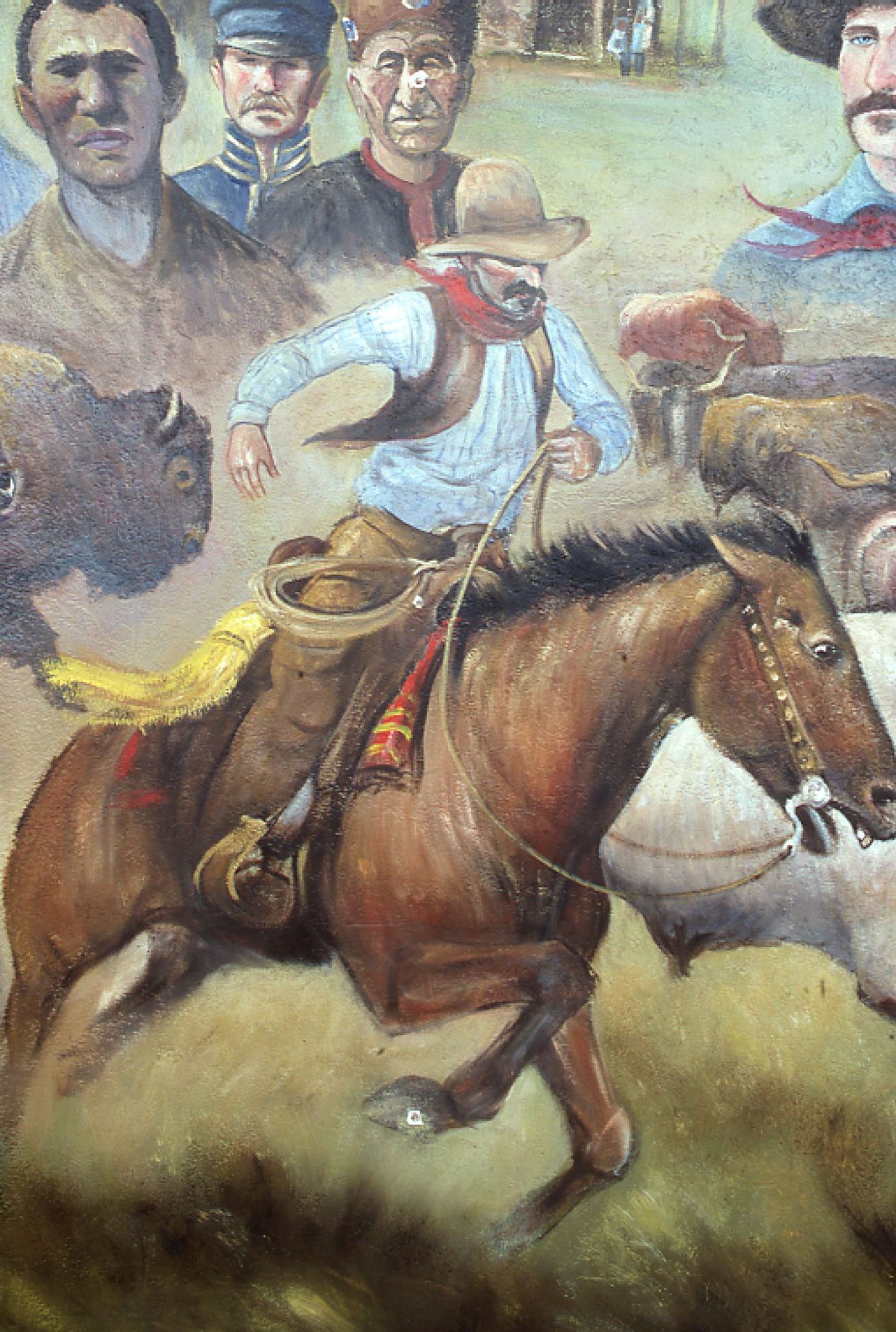
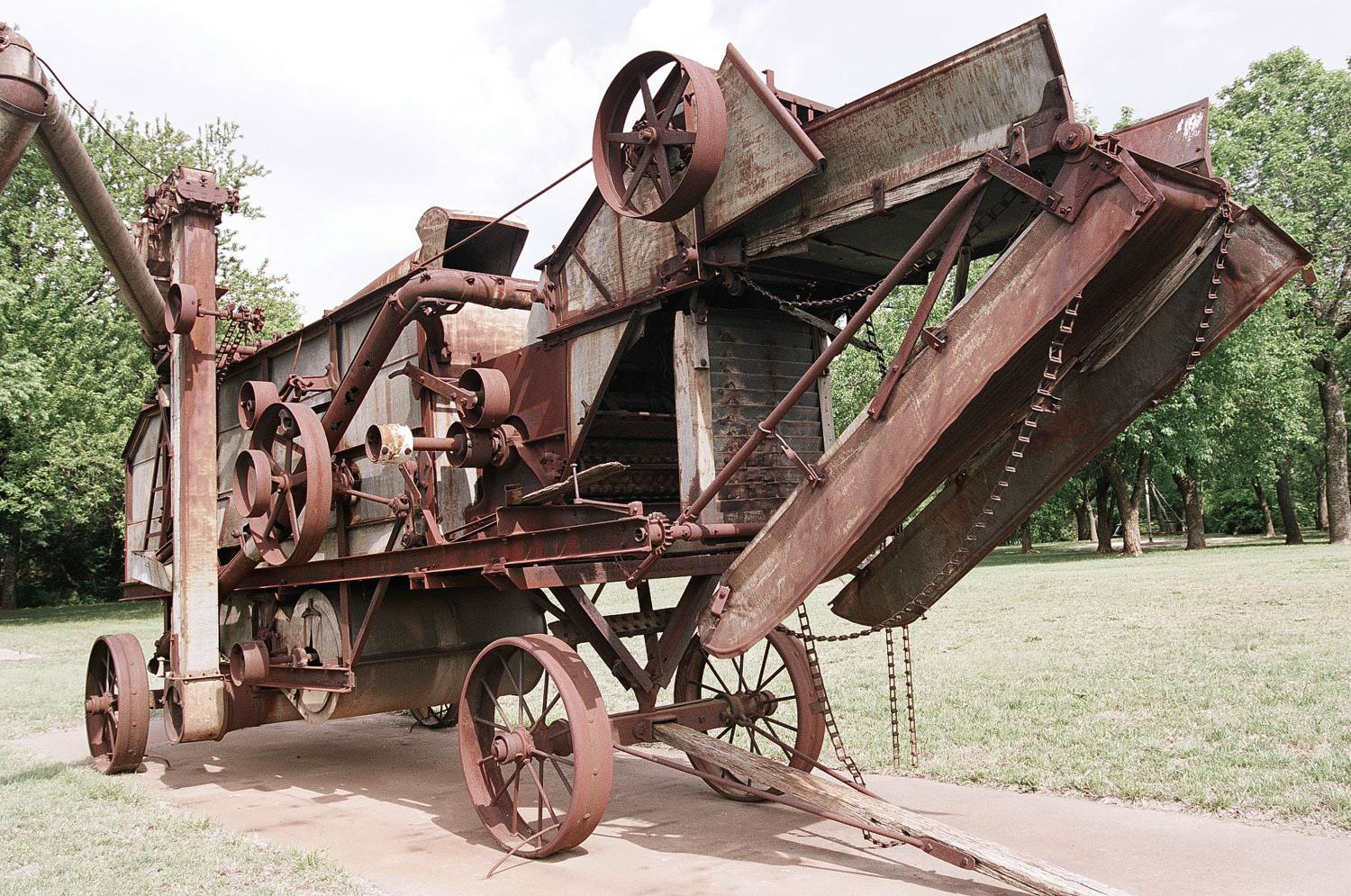
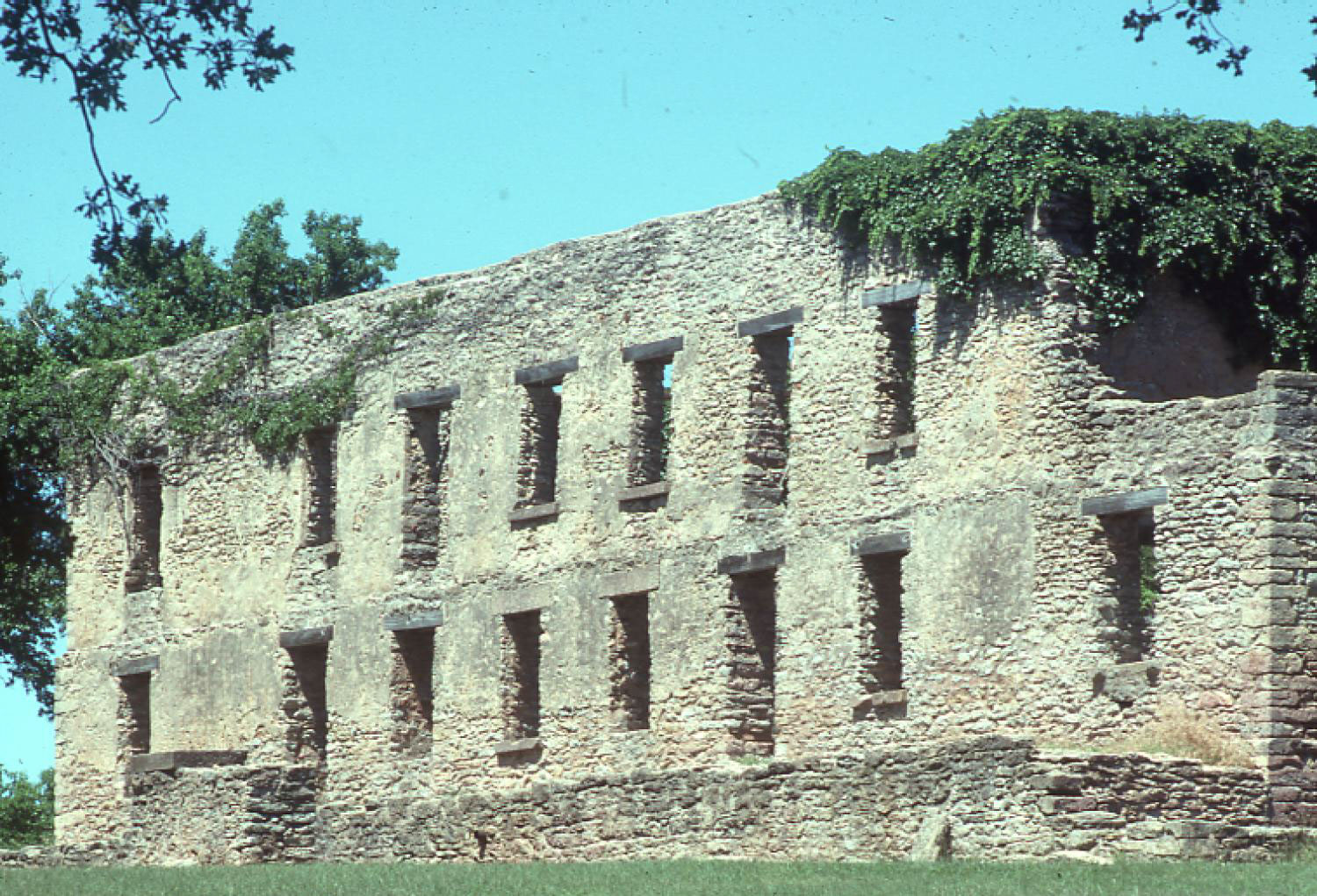
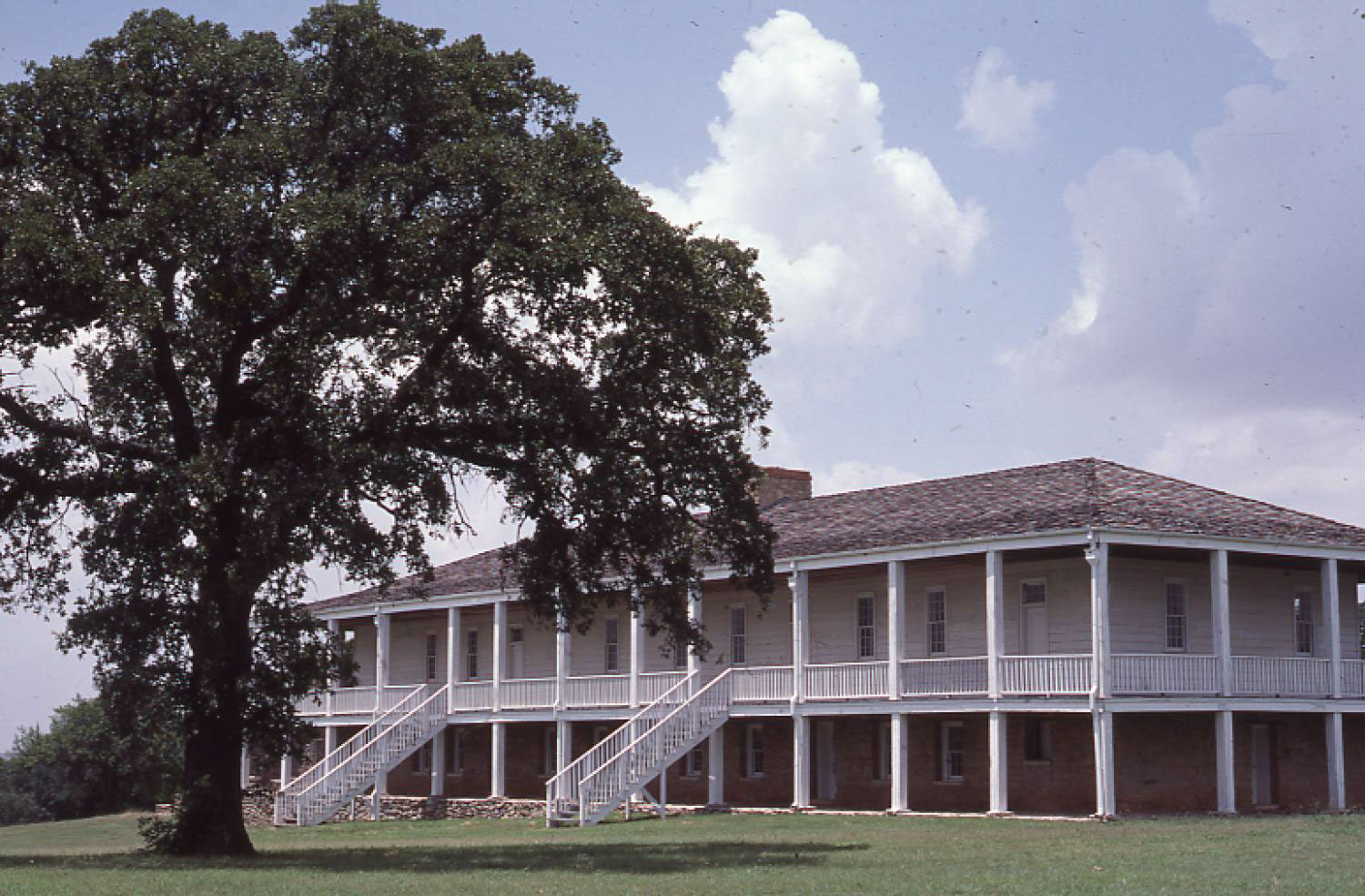


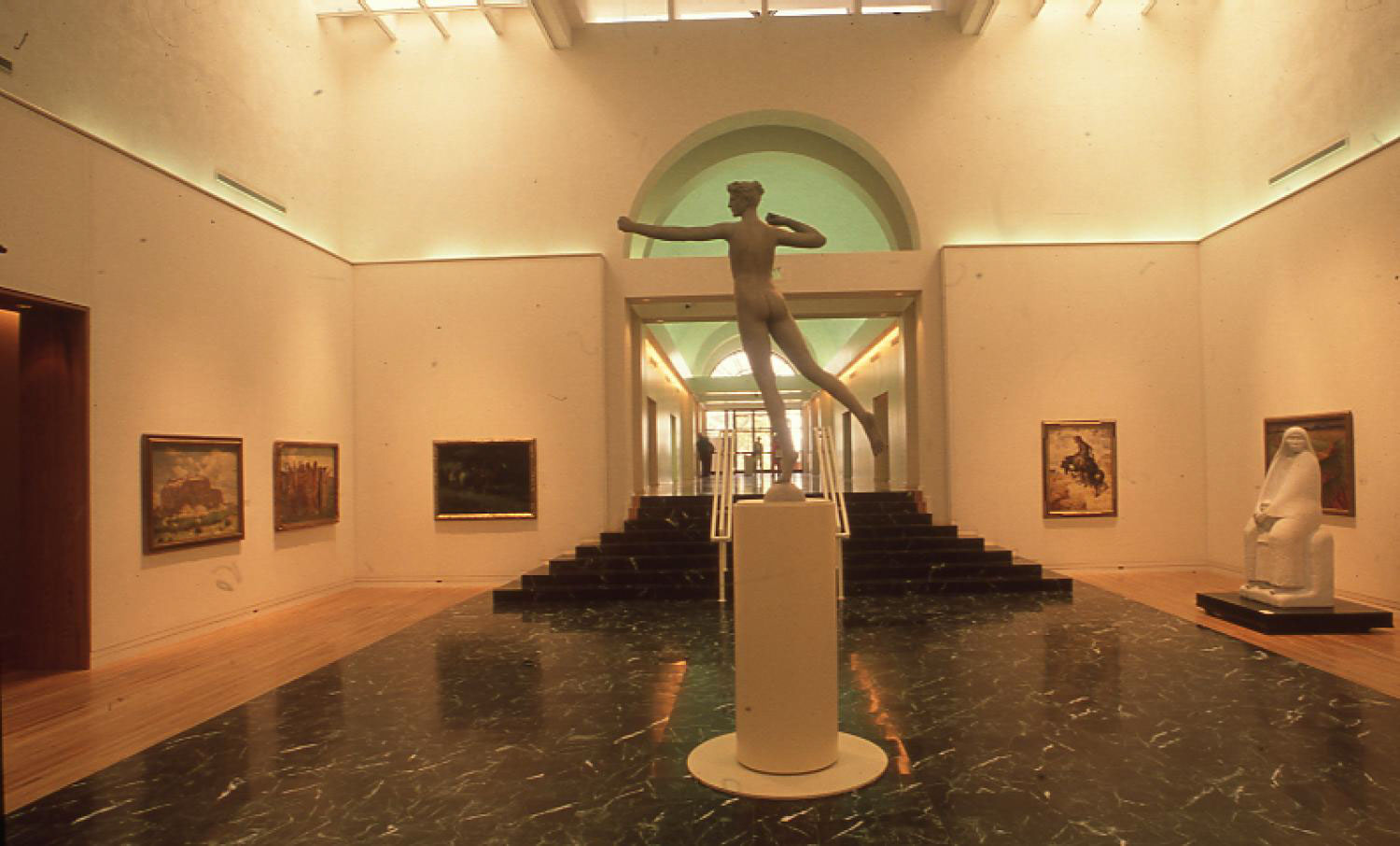
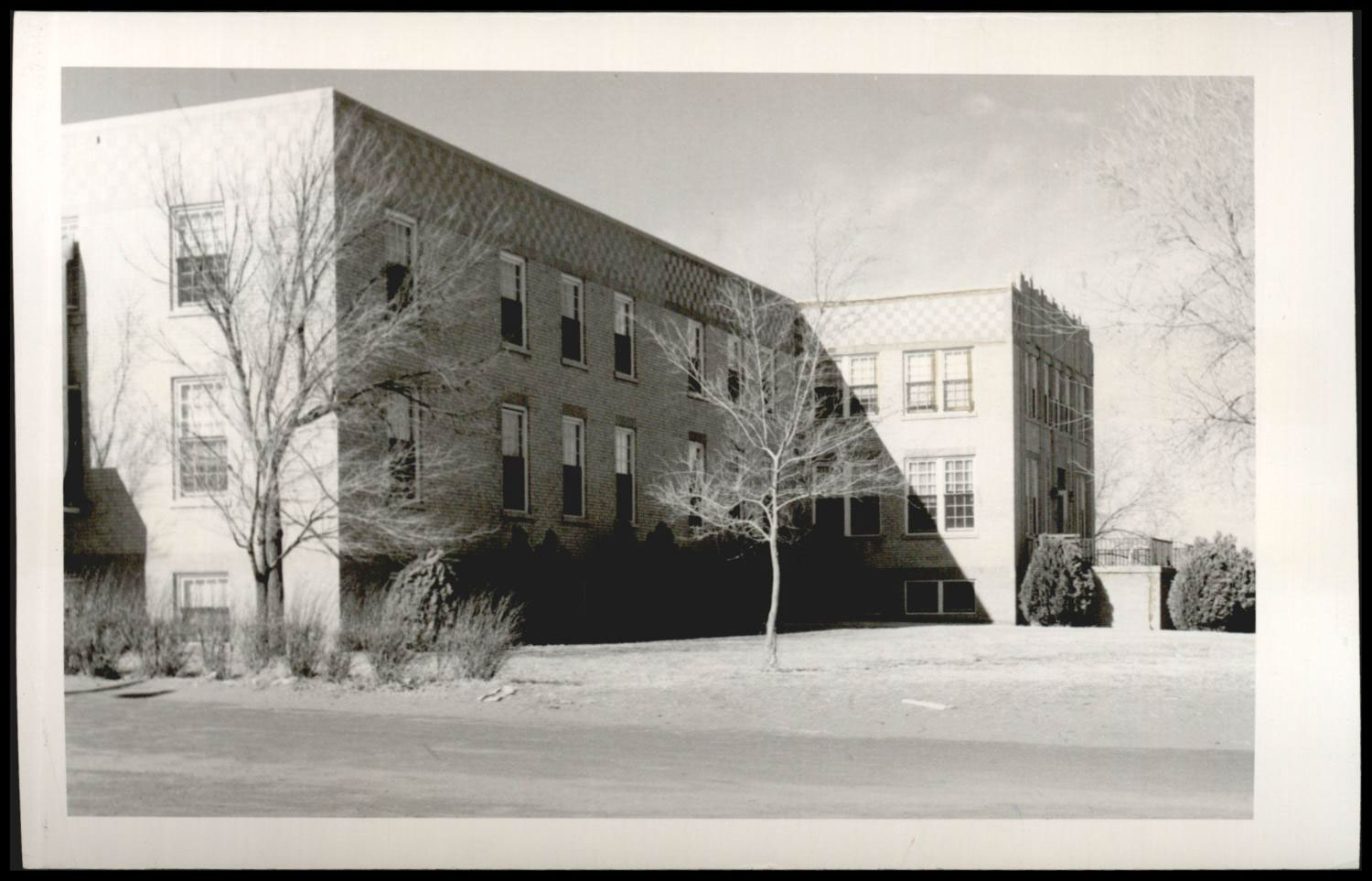
All photos by Jim Argo courtesy the Oklahoma Historical Society






















